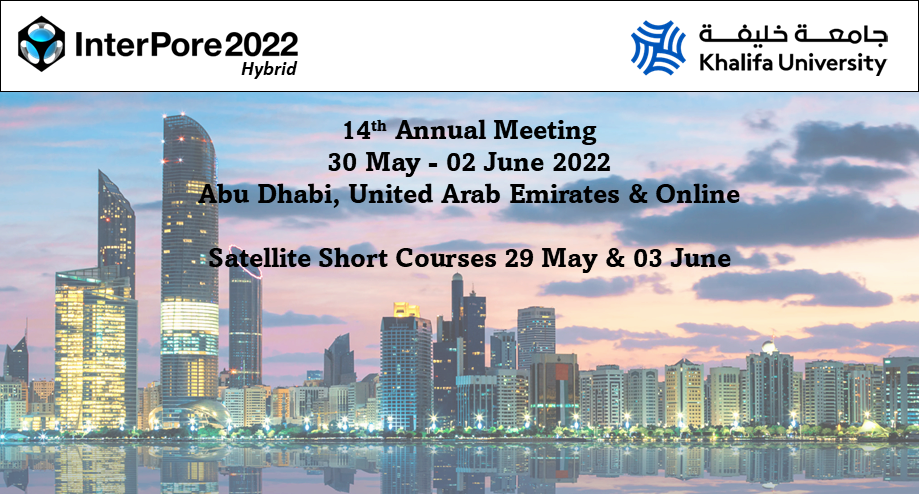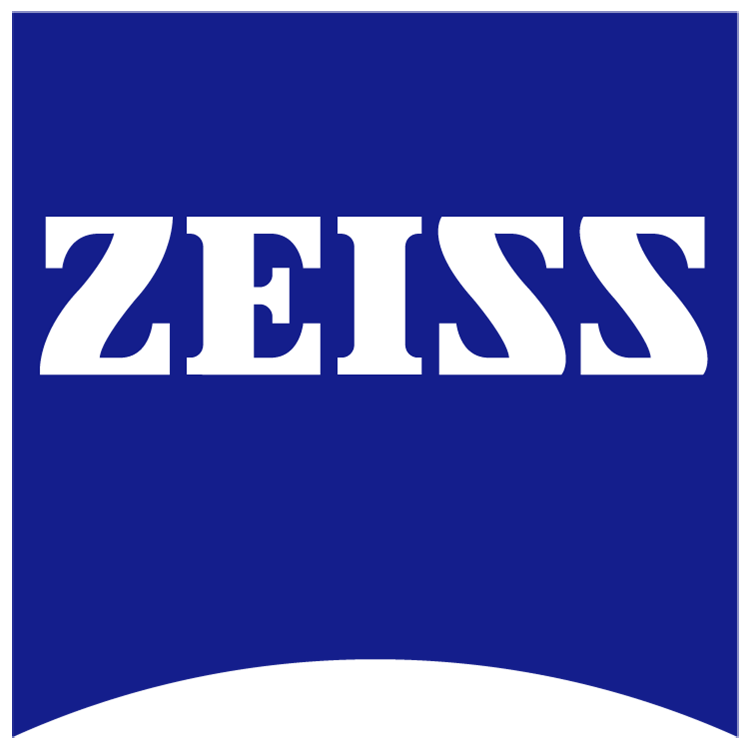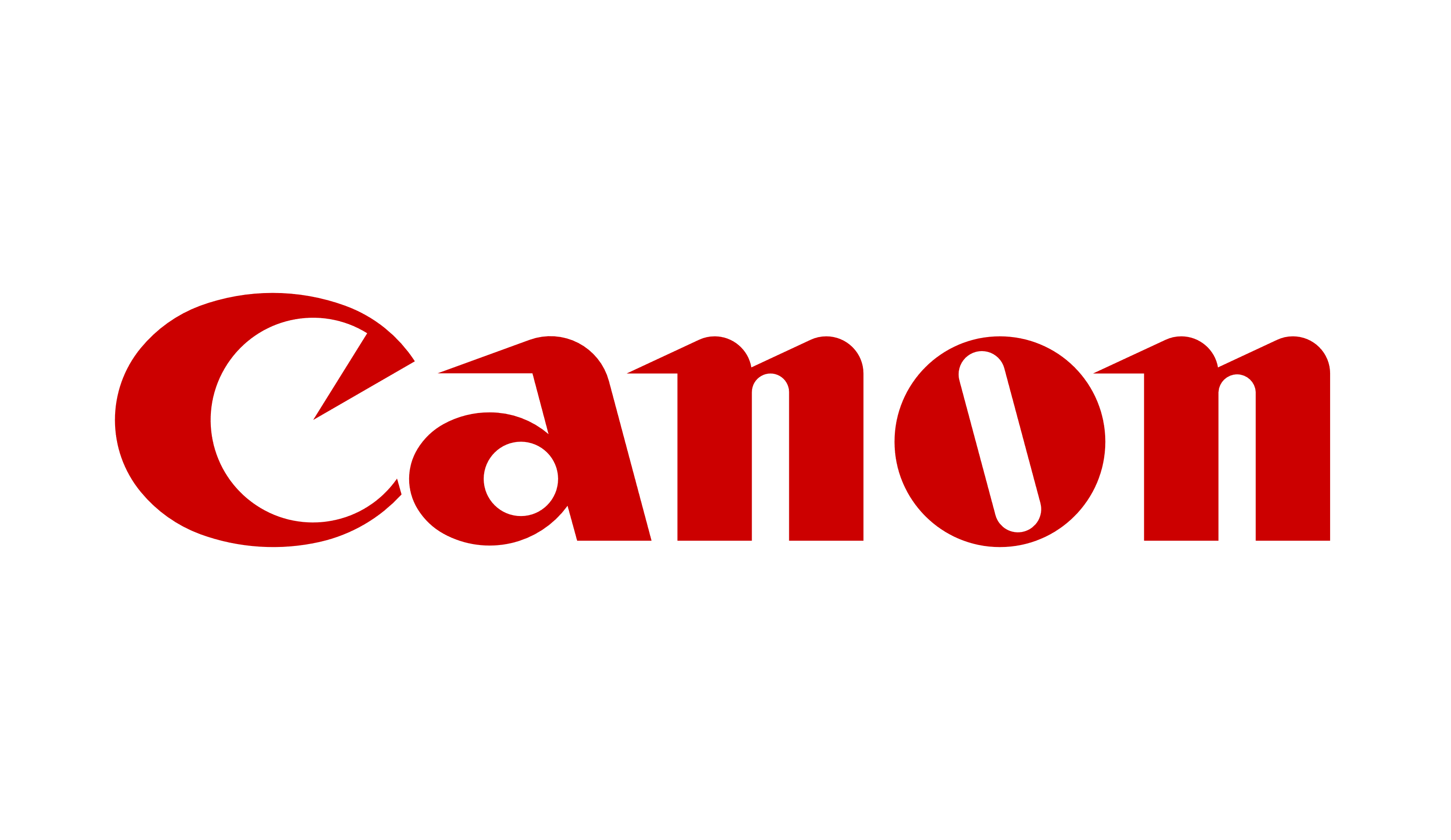Speaker
Description
The changes in the porosity and permeability characteristics of rocks under overburden pressure often have a series of effects on the development of oil reservoirs, especially for unconventional reservoirs. In order to study the porosity and permeability characteristics of unconventional reservoir under overburden pressure, a large number of overburden porosity and permeability experiments on unconventional reservoir cores are carried out. Meanwhile, the microscopic pore structure characteristics of unconventional reservoir cores with different permeability are analyzed by using synchrotron radiation imaging technology. The results show that: ① The relative porosity ratio and relative permeability ratio of unconventional reservoirs have a good correlation with the effective overburden pressure. With the increase of overburden pressure, the relative porosity ratio and relative permeability ratio change greatly, which is different from the traditional view; ② Under reservoir conditions, the relative porosity ratio, relative permeability ratio, and irreversible permeability loss of unconventional reservoir cores all have a good semi-logarithmic relationship with permeability. The values of porosity and permeability under reservoir conditions are quite different from those on the ground, and their influence cannot be ignored; ③ The lower the permeability of unconventional reservoir cores, the stronger the microscopic heterogeneity and the worse the pore connectivity.
| Participation | Online |
|---|---|
| Country | China |
| MDPI Energies Student Poster Award | Yes, I would like to submit this presentation into the student poster award. |
| Time Block Preference | Time Block A (09:00-12:00 CET) |
| Acceptance of the Terms & Conditions | Click here to agree |









